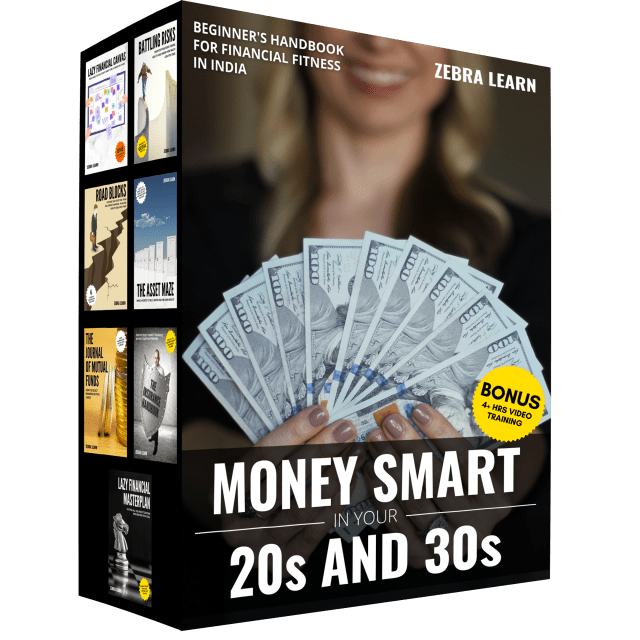
It is possible to have heard of Dividend investing or Value investing. But do you know how they can be applied in your own portfolios? It can be difficult to invest in stocks. You need to understand which strategies are right for you. Before you get started, consider some basic stock market strategies. These strategies will help you better understand the stock market and make better investment decisions. We will examine each one in detail in this article.
Dividend investing
Dividend investing is one common type of investment strategy. This strategy involves buying shares of companies that have a history of paying dividends to shareholders. These are usually blue-chip businesses with steady profits and low growth rates. In contrast, exponential growth companies don't typically pay dividends. Instead, they will use their profits to reinvest in other areas, such as acquisitions or innovation. Dividend investing isn’t for everyone. And there are many potential risks.

There are risks associated with dividends. They cannot be guaranteed. If the company cannot meet contractual obligations, it may reduce its dividend. However, dividend payments are a popular source of income for many investors. A retiree can plan a dividend program by carefully studying the company's finances. While stocks can suffer from a slowdown or a decline in dividends, these investments are often less volatile than other stock markets.
Value investing
A value investor seeks out stocks at a low price and holds them for a longer time. They seek to make a profit by identifying undervalued stocks and then hold them for a long time. They must be patient, diligent, and energetic to do this kind of investing. Below are some essential skills for value investing. Learn more about this strategy before you get started.
First, value investing demands a long-term outlook. John Maynard Keynes once stated, "The market is irrational if a solvent investor is prepared to keep on." Although this strategy can result in substantial gains, it doesn't guarantee rapid success. Mister Market might not always be able to recognize that a stock has been overvalued. This is contrary to what many investors claim. But that doesn't necessarily mean you should stop value investing.
Growth investing
However, not all investors are able to invest in growth stock investments. But it can be an effective way to diversify and grow your portfolio. You can start with ten percent of the portfolio invested in growth stocks. If you have the patience, you can increase it over time. As growth stocks are more risky than defensive stock investments, it is important to consider the potential for loss before you invest in them. You can also use software to narrow your focus on a few growth stocks.

If you are looking for growth investing stocks, it is important to look for companies that have high earnings growth. High profit margins can be a good indicator of a company's ability to generate revenue. Growth investing is better done by companies that have high profits. Generally, investors look for high pretax profit margins, as these companies are more likely to have continued growth. For growth investing, it is also important to look at a company's management record in order to determine whether they are well-run and have experienced managers who can make informed decisions.
FAQ
Should I invest in real estate?
Real Estate Investments offer passive income and are a great way to make money. But they do require substantial upfront capital.
Real estate may not be the right choice if you want fast returns.
Instead, consider putting your money into dividend-paying stocks. These stocks pay you monthly dividends which can be reinvested for additional earnings.
Do I need to buy individual stocks or mutual fund shares?
The best way to diversify your portfolio is with mutual funds.
They may not be suitable for everyone.
For example, if you want to make quick profits, you shouldn't invest in them.
You should opt for individual stocks instead.
Individual stocks give you greater control of your investments.
In addition, you can find low-cost index funds online. These allow for you to track different market segments without paying large fees.
What are the 4 types?
The four main types of investment are debt, equity, real estate, and cash.
It is a contractual obligation to repay the money later. This is often used to finance large projects like factories and houses. Equity can be described as when you buy shares of a company. Real Estate is where you own land or buildings. Cash is what you have on hand right now.
You can become part-owner of the business by investing in stocks, bonds and mutual funds. You are a part of the profits as well as the losses.
How do I determine if I'm ready?
It is important to consider how old you want your retirement.
Is there a specific age you'd like to reach?
Or would it be better to enjoy your life until it ends?
Once you have set a goal date, it is time to determine how much money you will need to live comfortably.
The next step is to figure out how much income your retirement will require.
You must also calculate how much money you have left before running out.
Which fund is best to start?
When it comes to investing, the most important thing you can do is make sure you do what you love. FXCM offers an online broker which can help you trade forex. You will receive free support and training if you wish to learn how to trade effectively.
You don't feel comfortable using an online broker if you aren't confident enough. If this is the case, you might consider visiting a local branch office to meet with a trader. You can ask them questions and they will help you better understand trading.
Next is to decide which platform you want to trade on. CFD platforms and Forex trading can often be confusing for traders. Although both trading types involve speculation, it is true that they are both forms of trading. However, Forex has some advantages over CFDs because it involves actual currency exchange, while CFDs simply track the price movements of a stock without actually exchanging currencies.
It is therefore easier to predict future trends with Forex than with CFDs.
Forex trading can be extremely volatile and potentially risky. For this reason, traders often prefer to stick with CFDs.
To sum up, we recommend starting off with Forex but once you get comfortable with it, move on to CFDs.
How can I grow my money?
You need to have an idea of what you are going to do with the money. What are you going to do with the money?
Also, you need to make sure that income comes from multiple sources. So if one source fails you can easily find another.
Money doesn't just magically appear in your life. It takes hard work and planning. You will reap the rewards if you plan ahead and invest the time now.
What kind of investment gives the best return?
It doesn't matter what you think. It all depends on the risk you are willing and able to take. One example: If you invest $1000 today with a 10% annual yield, then $1100 would come in a year. If you instead invested $100,000 today and expected a 20% annual rate of return (which is very risky), you would have $200,000 after five years.
In general, the greater the return, generally speaking, the higher the risk.
The safest investment is to make low-risk investments such CDs or bank accounts.
This will most likely lead to lower returns.
Investments that are high-risk can bring you large returns.
A 100% return could be possible if you invest all your savings in stocks. But it could also mean losing everything if stocks crash.
Which one is better?
It depends on your goals.
You can save money for retirement by putting aside money now if your goal is to retire in 30.
It might be more sensible to invest in high-risk assets if you want to build wealth slowly over time.
Be aware that riskier investments often yield greater potential rewards.
There is no guarantee that you will achieve those rewards.
Statistics
- According to the Federal Reserve of St. Louis, only about half of millennials (those born from 1981-1996) are invested in the stock market. (schwab.com)
- Most banks offer CDs at a return of less than 2% per year, which is not even enough to keep up with inflation. (ruleoneinvesting.com)
- Over time, the index has returned about 10 percent annually. (bankrate.com)
- As a general rule of thumb, you want to aim to invest a total of 10% to 15% of your income each year for retirement — your employer match counts toward that goal. (nerdwallet.com)
External Links
How To
How to start investing
Investing is putting your money into something that you believe in, and want it to grow. It's about having faith in yourself, your work, and your ability to succeed.
There are many investment options available for your business or career. You just have to decide how high of a risk you are willing and able to take. Some people want to invest everything in one venture. Others prefer spreading their bets over multiple investments.
These tips will help you get started if your not sure where to start.
-
Do your research. Find out as much as possible about the market you want to enter and what competitors are already offering.
-
It is important to know the details of your product/service. Be clear about what your product/service does and who it serves. Also, understand why it's important. If you're going after a new niche, ensure you're familiar with the competition.
-
Be realistic. Be realistic about your finances before you make any major financial decisions. If you can afford to make a mistake, you'll regret not taking action. But remember, you should only invest when you feel comfortable with the outcome.
-
You should not only think about the future. Take a look at your past successes, and also the failures. Ask yourself whether you learned anything from them and if there was anything you could do differently next time.
-
Have fun! Investing shouldn’t be stressful. Start slowly and build up gradually. Keep track and report on your earnings to help you learn from your mistakes. You can only achieve success if you work hard and persist.